In today’s competitive business landscape, understanding consumer behavior is not just an advantage; it is a necessity. Consumer behavior analytics delves into the intricate patterns of how individuals make purchasing decisions. By analyzing these behaviors, businesses can tailor their strategies to meet customer needs effectively, enhance customer engagement, and drive sales.

The Importance of Consumer Behavior Analytics
Consumer behavior analytics involves studying the various factors that influence purchasing decisions. These factors can range from psychological influences and social interactions to economic conditions and technological advancements. Businesses that leverage these insights can better predict trends, enhance customer satisfaction, and optimize marketing campaigns.
Benefits of Consumer Behavior Analytics
Incorporating consumer behavior analytics into business strategies offers several benefits:
- Personalized Marketing: Tailoring marketing campaigns to individual preferences increases engagement and conversion rates. Understanding what drives customers allows businesses to craft messages that resonate.
- Product Development: Insights into consumer needs guide the creation of products that meet market demands. Analyzing consumer preferences helps businesses design products that align with customer expectations.
- Customer Retention: Understanding buying habits helps in developing strategies to retain customers and foster brand loyalty. Repeat customers are essential for long-term profitability.
- Improved Customer Experience: Analyzing consumer behaviors helps businesses identify pain points in the customer journey and improve service delivery.
- Higher Return on Investment (ROI): Businesses that understand their customers can allocate resources more efficiently, leading to better financial outcomes.
Key Components of Consumer Behavior Analytics
To effectively analyze consumer behavior, businesses should focus on several key components:
1. Data Collection
Gathering data from various sources is crucial. This includes:
- Purchase histories to identify patterns in buying behavior.
- Website interactions to track online engagement and preferences.
- Social media engagements to gauge customer sentiment and brand perception.
- Customer feedback and surveys to gather direct input from users.
- Demographic information to understand consumer segmentation.
2. Segmentation
Dividing consumers into distinct groups based on shared characteristics allows for targeted strategies. Segmentation can be based on:
- Demographics: Age, gender, income level, education.
- Psychographics: Values, lifestyle, personality traits.
- Behavioral traits: Purchase frequency, brand loyalty, spending habits.
3. Predictive Analytics
Utilizing statistical models to predict future consumer behaviors enables proactive decision-making. Predictive analytics helps in:
- Forecasting market trends.
- Anticipating customer needs before they arise.
- Recommending products based on past behavior.
4. Real-Time Analysis
Analyzing consumer data in real-time allows businesses to respond promptly to changing behaviors and preferences. This agility is crucial in maintaining a competitive edge, enabling businesses to:
- Adjust marketing campaigns dynamically.
- Offer personalized recommendations instantly.
- Improve customer service by addressing concerns promptly.
Tools for Consumer Behavior Analytics
Implementing the right tools is essential for effective consumer behavior analytics. Kentrix offers advanced solutions designed to provide deep insights into consumer behaviors. Here are some key tools businesses can leverage:
Karma Tool
The Karma Tool by Kentrix simplifies and enhances demographic profiling for businesses. Tailored to meet the needs of modern organizations, it provides actionable insights that drive better decision-making and improved consumer engagement. This tool is ideal for businesses looking to:
- Identify high-value customer segments.
- Personalize marketing campaigns.
- Predict future consumer trends.
Geomarketeer
Geomarketeer is a micro-market location intelligence tool that provides granular insights based on geo-location data and demographic intelligence. Businesses can leverage this tool to:
- Optimize physical store placements.
- Analyze foot traffic patterns.
- Develop hyper-local marketing campaigns.
Segura
Segura specializes in financial behavior analysis and risk management by identifying early indicators of customer risk. It is particularly beneficial for industries like:
- Banking – Assessing loan eligibility based on consumer financial behavior.
- Financial services – Predicting investment behaviors.
- Insurance – Evaluating risk profiles of potential clients.
Persona 360
Persona 360 offers a holistic view of the customer by integrating over 80 data touch points—including lifestyle, demographic, and behavioral data—to create comprehensive consumer profiles. This tool helps businesses:
- Develop detailed customer personas.
- Facilitate precision segmentation.
- Improve targeted advertising strategies.
LSI® (Lifestyle Segmentation India)
LSI® segments 915 million Indian consumers based on their lifestyles, preferences, and behaviors. By leveraging this extensive segmentation capability, LSI® allows businesses to achieve:
- Granular segmentation – Identify niche consumer groups.
- Customized marketing efforts – Personalize content based on lifestyle preferences.
- Improved customer acquisition – Target the right audience with precision.
Implementing Consumer Behavior Analytics in Business Strategy
To effectively integrate consumer behavior analytics into your business strategy, consider the following steps:
1. Define Objectives
Clearly outline what you aim to achieve through consumer behavior analytics. This could include:
- Increasing sales.
- Improving customer satisfaction.
- Enhancing product offerings.
2. Collect Relevant Data
Utilize various tools to gather comprehensive data on consumer interactions and transactions. Ensure the data collected is relevant to your defined objectives.
3. Analyze and Interpret Data
Employ analytical tools to interpret the data collected. Look for patterns and trends that provide insights into consumer behaviors. Consider using AI-driven analytics for more accurate predictions.
4. Develop Actionable Strategies
Based on your analysis, develop strategies that address the identified consumer behaviors. This could involve:
- Personalized email marketing campaigns.
- Product recommendations based on browsing history.
- Loyalty programs tailored to repeat customers.
5. Monitor and Adjust
Continuously monitor the effectiveness of your strategies and make necessary adjustments. Consumer behaviors can change, and staying adaptable is key to long-term success.
Challenges in Consumer Behavior Analytics
While consumer behavior analytics offers numerous benefits, businesses may encounter challenges such as:
- Data Privacy Concerns: Ensuring compliance with data protection regulations like GDPR and CCPA is crucial.
- Data Integration: Combining data from various sources can be complex. Businesses must invest in data management solutions.
- Keeping Up with Trends: Consumer behaviors evolve, requiring continuous analysis and adaptation.
- High Implementation Costs: Investing in advanced analytics tools may require significant financial resources.
Also Read: Data Analytics: Turning Data into Actionable Insights
Conclusion
Consumer behavior analytics is a powerful tool for businesses aiming to understand and influence purchasing decisions. By leveraging advanced tools like those offered by Kentrix, companies can gain deep insights into consumer behaviors, enabling them to develop effective strategies that drive success.
Embracing consumer behavior analytics not only enhances customer satisfaction but also provides a significant competitive advantage in today’s dynamic market. Businesses that invest in consumer insights will be well-positioned to meet customer expectations, improve operational efficiency, and maximize revenue growth.


